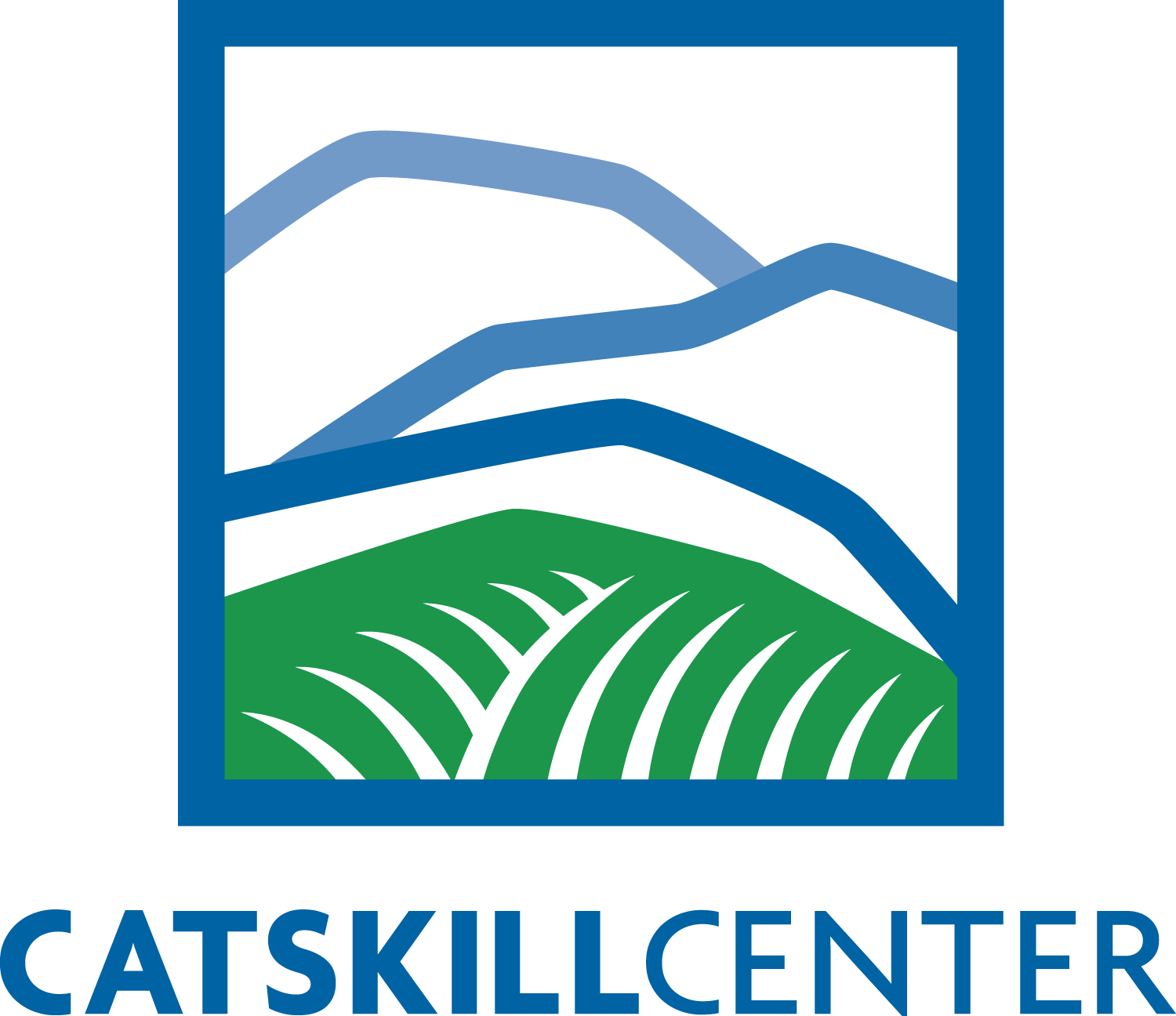Catskills Pinhole Camera Project
The Catskill Center is pleased to announce a new project in cooperation with The Painter's Gallery in Fleischmanns, NY, the CATSKILLS PINHOLE CAMERA PROJECT. The public is invited to create an image using Nicéphore Niépce's photographic method from 1816.
Free camera kits are now available for pickup at either the Painter's Gallery in Fleischmanns (1109 Main St., Fleischmanns, NY, 646.627.5155) or at the Catskill Center in Arkville (43355 State Highway 28, Arkville, NY 12406, 845.586.2611). Please call ahead to confirm availability.
After you've picked up your pinhole camera kit (includes several exposures) follow the instructions below. Images will be collected and posted online
INSTRUCTIONS: To make an exposure, fix the camera sturdily in position. The camera is water resistant. It is designed for taking exposures outdoors. (In fact it won't work indoors, unless left open for several months.) It is OK to tape the camera to window glass, or to put it on a window ledge as long as it faces a well-lit area outside. When selecting a subject keep in mind that vision angle is approximately 120°. Exposure starts when the black tape covering the pinhole is lifted, and ends when the black tape is put back to cover the pinhole. Exposure time is minimum one week in the summer, and minimum two weeks in the winter. There is no danger of overexposing; only underexposing is an issue. After making an exposure, open the canister in dim artificial light (no sunlight!), take out the piece of photo paper, and place it in the provided black envelope. There is a number on the envelope which will help you to find your photo on the website. Write your name on the label (if you want your submission to be anonymous, skip the name, or write just your initials), the dates of exposure, and a short description of the subject. Provide an email address. Send exposures to:
Wanda Kossak
P.O. Box 164
Fleischmanns, NY 12430-0164
When you get notification by email that the exposure is ready, go to:
http://www.zajfert.de/der_7_tag/archiv/index.php?/category/69 and download the scan of your exposure from the website. Unfortunately, scanning destroys the original, but it is the only method of creating a negative that lasts. Exposures will be sent for processing in batches, so please allow a few weeks for getting the scan.
DISCLAIMER: All images created for this project will be in the public domain.
ABOUT THE TECHNIQUE: In May 1816 Joseph Nicéphore Niépce made a groundbreaking discovery. He placed a piece of silver nitrate––coated paper in a camera obscura, put the camera on the window ledge in his office, and left the camera with an open shutter for a few days. From the exposure to sunlight the silver nitrate changed its color, which resulted in a small picture—a negative of the scene outside Niépce's office. He called this process “Retina.” Niépce’s desperation must have been beyond expression when he held the first photography in his hands, but was not able to show it to the world—he could not find a way to stop the negative from darkening when brought into the light for viewing.
Nowadays we can save the image before it disappears by scanning it, and are able to change negative into positive by using computer software.
What is the role of the photographer who installs a pinhole camera and starts an exposure? It seems that he or she initiates a chance process, the result of which is left to fate. Instead of actively taking a picture, the photographer lets Nature do the work. Therefore there is no such thing as a "bad picture." All images are equally valuable documents.



